A Sneak Peek at the Space Apps 2017 Challenge Categories
Greetings, Space Apps crew!
Ever since we announced the new theme for Space Apps 2017, Earth, we’ve been receiving a flood of requests for more information about this year’s challenges.
We share your excitement and curiosity about our home planet – so, here’s a preview of the five categories of challenges that you will solve!
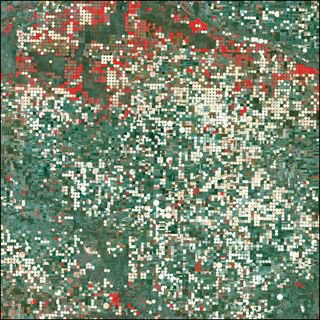
1. The Earth and Us
NASA Earth Science uses space-borne and aircraft measurements to help us characterize, understand, and predict variability and trends in Earth's system for both research and specific applications. As our only known habitat, this planet — including its phenomena like climate and weather, and natural resources like forests and oceans — influences all aspects of our lives. NASA Earth Science data and products allow us to understand our home planet and its response to natural or human-induced changes, which helps us make informed decisions to enhance our lives.
Challenges in this category will ask you to combine NASA Earth Science data with sociological and economic information to generate new understanding and perspectives on human-environment interactions.
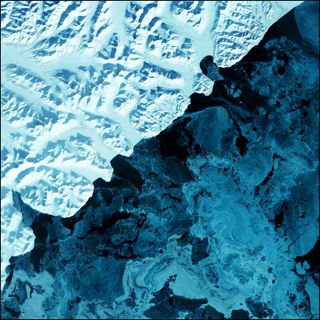
2. Planetary Blues
Making up roughly 60% of the mass of our bodies and over 70% percent of the surface of the Earth, liquid and frozen water are naturally of interest to NASA as we search for water and life on other planets, and try to meet the increasing demands for freshwater here on Earth. NASA Earth Science data and products allow us to better manage water quality and quantity, and to predict processes of the global water cycle.
Challenges in this category will ask you to analyze and visualize NASA’s data on the hydrosphere (surface and groundwater, etc.) and the cryosphere (sea ice and ice sheets, etc.).
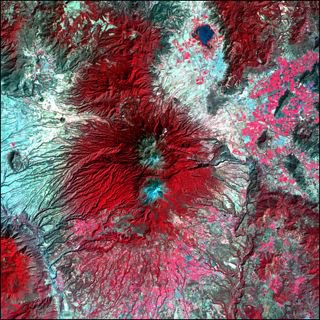
3. Warning! Danger Ahead!
Natural disasters, like wildfires, earthquakes, and landslides, wreak havoc on the lives of people all over the world every year. Additionally, many natural phenomena bring with them increased risks of deaths and illnesses from exposure to hazardous chemicals and pollutants, and the spread of communicable diseases. NASA’s Earth observations allow improved understanding and forecasting, and thus, better preparation for and response to these threats.
Challenges in this category will ask you to analyze NASA data to assist in monitoring natural disasters and phenomena associated with health risks, and to assess their impacts on life and property.
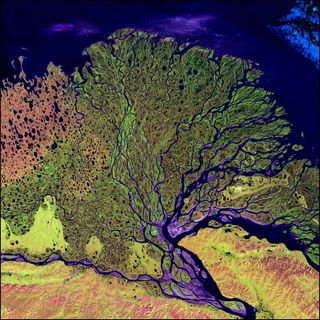
4. Our Ecological Neighborhood
NASA conducts explorations in search of life not only on other planets, but also to understand life right here on our home planet. The 18 Earth Science missions that orbit the Earth reveal clues about the environments and species that make up our ecological neighborhood, and help us answer questions about our biosphere.
Challenges in this category will ask you to use NASA Earth Science data to study ecological systems and generate solutions to understand life here on Earth better.
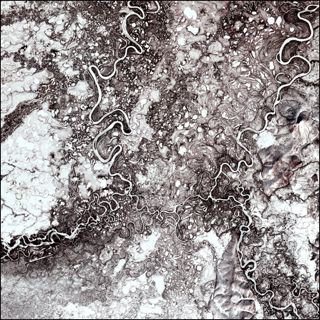
5. Ideate and Create!
Reaching out to the farthest expanses of our universe and diving deep to understand the mysteries of our own planet would not be possible without the innovative and creative spirit of explorers! NASA Earth Science channels the imagination of scientists, engineers, and storytellers like YOU to solve challenges that we face here on Earth.
Challenges in this category will ask you to interpret NASA Earth Science data creatively and design new means to experience NASA Earth Science data and technologies.
5..., 4..., 3..., 2..., 1.... Join us for Space Apps 2017!The Space Apps Global Organizing Team
Image credits: "Earth as Art," NASA; NASA Earth Observatory